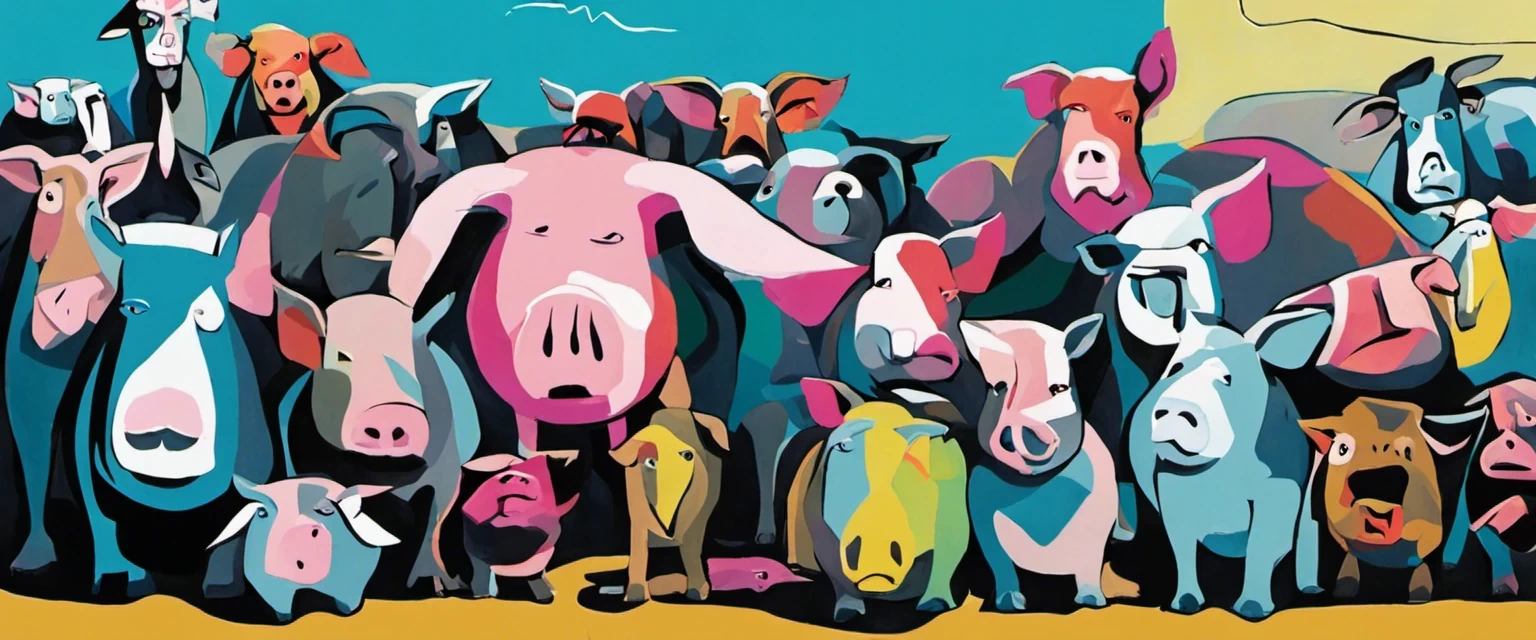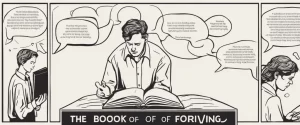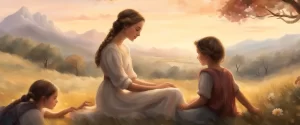—Animal Farm & 1984
In the realm of dystopian literature, two novels stand out as timeless masterpieces: Animal Farm and 1984, both written by the renowned British author, George Orwell. Published just a few years apart, these prophetic works delve into the darkest depths of human nature and governmental control. While each novel paints a nightmarish depiction of an oppressive society, its methods, and consequences, they do so with distinct narrative approaches and thematic implications.
Animal Farm, published in 1945, is a satirical allegory that uses a cast of farm animals to depict the rise and fall of a totalitarian regime. Orwell cleverly crafts a microcosm of human society by assigning distinct characteristics and roles to each animal, amplifying their struggles, weaknesses, and inherent vulnerabilities. Through the lens of animals, he examines themes of power, corruption, and the cyclical nature of revolutions. Moreover, Animal Farm serves as a powerful critique of the Soviet Union under Joseph Stalin, exposing the hypocrisy and manipulation of those in positions of authority.
On the other hand, 1984, published in 1949, presents a chilling portrait of a society entirely dominated by an omniscient and omnipotent government known as the Party. Set in a future dystopia, Orwell’s novel portrays a bleak existence where citizens are subjected to constant surveillance, manipulation, and oppression. With its iconic slogans, Big Brother, and Newspeak, 1984 is renowned for its portrayal of totalitarianism and its exploration of themes such as conformity, identity, and the erosion of individual liberties. Orwell’s grim vision has become a touchstone for understanding the dangers of unchecked power and state control.
Although both Animal Farm and 1984 emanate from Orwell’s passionate mistrust of authoritarian rule, they employ distinct narrative techniques. Animal Farm uses an allegorical and straightforward fable-like narrative, while 1984 employs a more complex and suffocating dystopian setting. Animal Farm, with its endearing animal characters, engages readers through the relatability and accessibility of its story, drawing us into its universal themes with great wit. In contrast, 1984 envelopes the reader in a haunting atmosphere of fear and paranoia, where the constant threat of surveillance and betrayal hang heavy in the air.
Through this comparative study, we will unravel the similarities and differences between these two pivotal works, exploring how Orwell‘s socio-political context influenced his depiction of these dystopian worlds. Furthermore, we will delve into the underlying themes and motifs of power, manipulation, truth, and the importance of individuality that permeate both novels. By examining these timeless literary giants side by side, we aim to shed light on how Orwell’s distinct approaches shape our understanding of the human condition and the alarming potential of unbridled governmental control.
Brief Summary of Two Books
Animal Farm by George Orwell
Animal Farm by George Orwell is a satirical allegory depicting the events leading up to the Russian Revolution and the early years of the Soviet Union. The story is set on Manor Farm, where the mistreated animals, led by pigs Napoleon and Snowball, rebel against their human farmer, Mr. Jones, and establish their own self-governing society. Initially, the animals work together to create a utopian farm based on the principles of equality and justice called Animal Farm. However, as time passes, the pigs gradually seize power, manipulate the other animals, and rewrite the commandments of Animalism to suit their own selfish desires. Eventually, the farm’s principles are betrayed, and the pigs become indistinguishable from their former human oppressors. Through various gruesome events and acts of manipulation, Orwell criticizes the corruption of power and warns against the dangers of totalitarianism and political manipulation.
1984 by George Orwell
1984 by George Orwell is a dystopian novel set in a totalitarian society ruled by the Party led by Big Brother. The protagonist, Winston Smith, works for the Party rewriting historical records to fit their propaganda and suppress independent thought. Winston becomes disillusioned with the Party and its strict control, secretly rebelling against its surveillance and mind control. He begins a forbidden love affair with Julia, another Party member, and they join an underground resistance called the Brotherhood. However, they are eventually caught and tortured until they betray each other. Ultimately, Winston is brainwashed into loving Big Brother, losing all his rebellious spirit, and succumbing to the oppressive regime. The book explores themes of surveillance, censorship, thought control, and the loss of individuality and freedom.
Comparison between Two Books
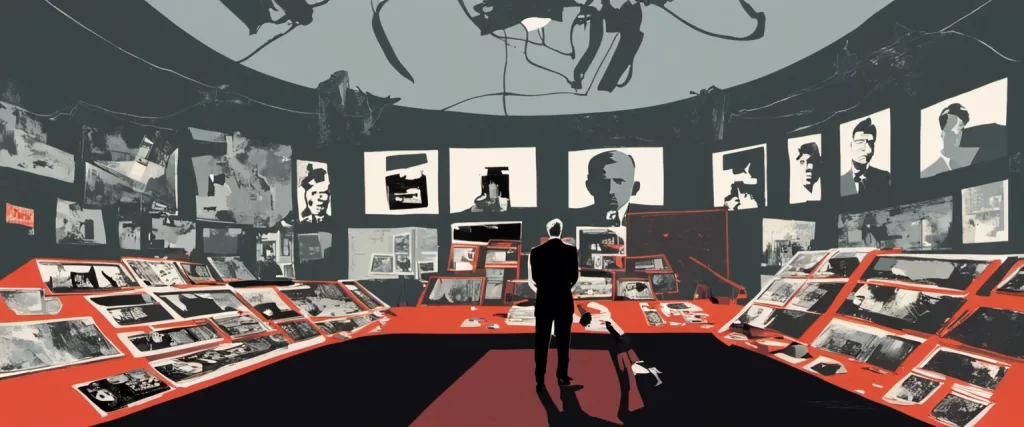
Similarities in dystopian societies
Both Animal Farm and 1984, written by George Orwell, depict dystopian societies that share several similarities.
1. Totalitarian Rule: In both novels, the societies are governed by oppressive totalitarian regimes that exert absolute control over the lives of the citizens. In Animal Farm, the pigs take over the farm and establish their authority, while in 1984, the Party led by Big Brother dominates every aspect of people’s lives.
2. Manipulation and Propaganda: Propaganda plays a crucial role in both societies. The ruling parties in both novels control information by manipulating facts and disseminating false narratives. In Animal Farm, Squealer’s persuasive speeches justify the pigs’ increasing power, and in 1984, the Party uses slogans like “War is Peace” and “Ignorance is Strength” to constantly deceive and control the masses.
3. Class Division and Inequality: Both novels explore themes of class division and inequality within their respective societies. In Animal Farm, the pigs exploit their intelligence and power, creating an unequal society where they hold all the privileges. Similarly, in 1984, the Party creates a hierarchical society where Inner Party members enjoy luxurious lives, while the Proles and Outer Party members live in poverty.
4. Surveillance and Control: A crucial aspect of the dystopian societies depicted in both novels is the pervasive surveillance and control imposed on the citizens. In Animal Farm, the pigs use intimidation and fear to control the animals, while in 1984, the Party employs telescreens, Thought Police, and constant surveillance to maintain an iron grip on society.
5. Loss of Individuality and Freedom: Both societies crush individuality and personal freedom. In Animal Farm, the animals gradually lose their autonomy as the pigs consolidate power, and in 1984, the Party suppresses individuality by erasing personal history, thoughts, and emotions.
6. Censorship and Rewriting of History: Both novels emphasize the importance of controlling information through censorship and altering historical records. In Animal Farm, the Commandments are changed over time to suit the pigs’ needs, and in 1984, the Party constantly rewrites history to maintain its dominance.
In conclusion, Animal Farm and 1984 share several similarities in terms of dystopian societies. Both novels explore themes of totalitarian rule, manipulation, class division, surveillance, loss of individuality, and the control of information. Through these parallels, George Orwell effectively portrays the dangers of oppressive regimes and the potential consequences of unchecked power.
Divergences in dystopian societies
Both Animal Farm and 1984 are dystopian novels written by George Orwell, with each of them presenting a different type of dystopian society. While they share some similarities in their critique of totalitarianism and oppressive regimes, the two books diverge in terms of the nature of oppression, the role of education, and the portrayal of power.
One significant divergence is found in the nature of oppression. Animal Farm depicts a society where the animals overthrow their human oppressors, establishing a socialist order that was intended to bring about equality and justice. However, as time progresses, the pigs, who represent the ruling class, gradually become corrupt and oppressive themselves. This reflects Orwell’s criticism of the Soviet Union and the betrayal of the original socialist ideals. On the other hand, 1984 portrays a society under the rule of the Party, led by Big Brother. The society depicted in 1984 is characterized by constant surveillance, manipulation of history, and the eradication of individuality, where the Party maintains its power through fear and control. This dystopian setting is focused on maintaining power through totalitarian methods.
Education also plays a different role in both books. Animal Farm emphasizes the importance of education as a means to empower the oppressed. In this novel, the pigs use their superior intelligence and education to take advantage of the less knowledgeable animals, manipulating them for their own benefit. In contrast, 1984 portrays the Party’s manipulation and control over education as a tool for maintaining power. The Party intentionally limits and distorts knowledge, implementing Newspeak to narrow the range of thought and erase expressions of rebellion, ultimately ensuring its dominance.
Furthermore, the portrayal of power differs in the two novels. In Animal Farm, power is concentrated in a few individuals who manipulate others to maintain control. The pigs, represented by Napoleon and Snowball, exploit the other animals to suit their own desires, highlighting the corrupting nature of power. Conversely, in 1984, power is all-encompassing and embodied by the Party itself. The Party’s control is omnipotent, exploiting individuals through constant surveillance and the manipulation of reality, leaving no room for dissent or resistance. Here, power is absolute and centralized, leaving no space for potential usurpers.
In summary, while both Animal Farm and 1984 explore dystopian societies, they diverge in several aspects. Animal Farm focuses on the corruption and betrayal of an originally egalitarian society, while 1984 explores a world dominated by an omnipotent Party, suppressing individuality and manipulating reality. Moreover, education is portrayed differently in both novels, with Animal Farm highlighting the potential for education to empower the oppressed, while 1984 emphasizes the Party’s control over knowledge. These divergences underline the depth and breadth of Orwell’s critique of different forms of dystopian societies.
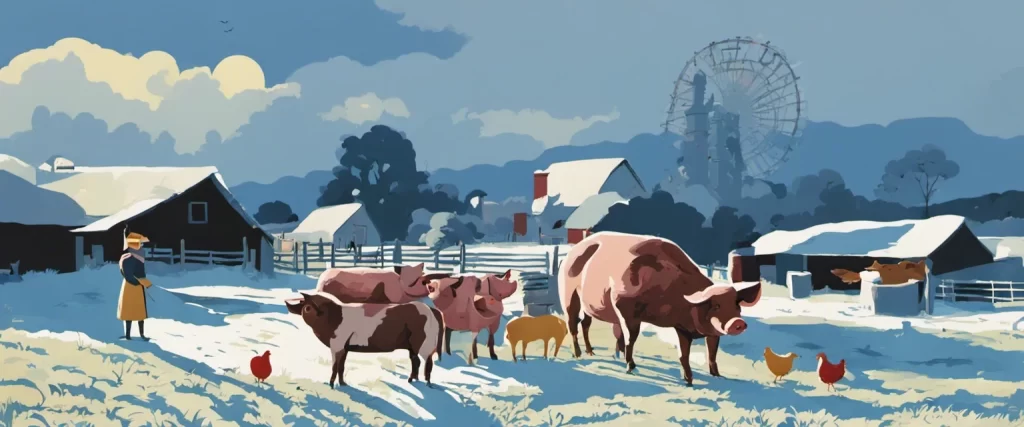
Conclusion
Both Animal Farm and 1984 by George Orwell are important works of literature that delve into political and social commentary, making them worthy of reading. However, the choice ultimately depends on personal preferences and interests.
Animal Farm is a satirical allegory that tells the story of a group of farm animals who rebel against their human farmer, Mr. Jones, to establish a society governed by equality and fairness. Through the animals’ journey, Orwell critiques the corruption of power, the dangers of totalitarianism, and the manipulation of language and propaganda.
On the other hand, 1984 is a dystopian novel set in a totalitarian society ruled by the omnipresent Party, led by Big Brother. The story follows the protagonist, Winston Smith, as he navigates a world manipulated by surveillance, control, and the manipulation of historical facts. Orwell’s novel explores themes of oppression, loss of individuality, the dangers of totalitarianism, and the power of language.
Both books are highly thought-provoking and offer insights into societal and political issues that remain relevant today. Animal Farm focuses more on rebellion and the corrupting nature of power, while 1984 presents a chilling vision of a dystopian future dominated by a totalitarian regime.
